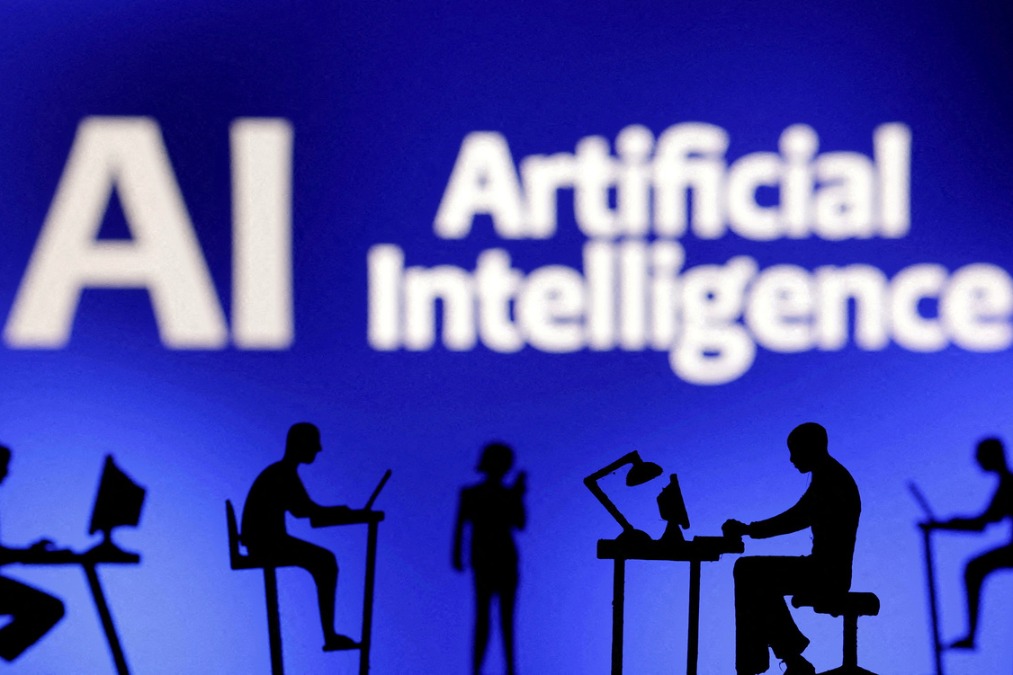STAR research in pursuit of a shared history

A Chinese research team led by researcher Qiu Hao from the Institute of Modern Physics, Chinese Academy of Sciences, unveiled the heaviest antimatter nucleus ever detected, anti-hyper-H4, at the US Department of Energy’s Brookhaven National Laboratory, marking a big step in mankind’s pursuit of the universe’s mysteries.
Physicists believe that in the nascent stage of the universe equal amounts of matter and antimatter should have existed, yet there was some asymmetry, which caused about a 10-billionth of matter to survive annihilation to give birth to stars and galaxies in the universe.
Therefore, the asymmetry between matter and antimatter is of fundamental interest to understand the history of our universe and the laws governing it. Despite the quest for antimatter for almost 100 years, no antimatter nucleus heavier than antiproton has ever been observed in natural conditions, forcing scientists to study the tracks of particles streaming from six billion collisions of atomic nuclei at the Relativistic Heavy Ion Collider in Brookhaven — an “atom smasher” that recreates the conditions of the early universe, or, more specifically, simulates the Big Bang to allow antimatter to reappear.
As early as 2010, the Solenoidal Tracker experiment at RHIC, also called STAR, created the rare particle anti-hyper-triton, and now, 14 years later, they have observed the anti-hyper-H4, which is composed of four antimatter particles — an antiproton, two antineutrons, and one antihyperon. It goes to show how difficult research in antimatter is.
That this was achieved by a Chinese team in a US laboratory highlights the importance of international cooperation in research in fundamental sciences such as modern physics.
In other words, it’s the combination of wisdom of Chinese scientists and reliability of US devices that made this achievement possible, and the US laboratory, too, benefited from this. Actually, the STAR team consists of over 700 researchers from 74 organizations in 14 countries, underlining the importance of he US holding an open mind toward international cooperation in mankind’s quest to solve of the universe’s mysteries.
































